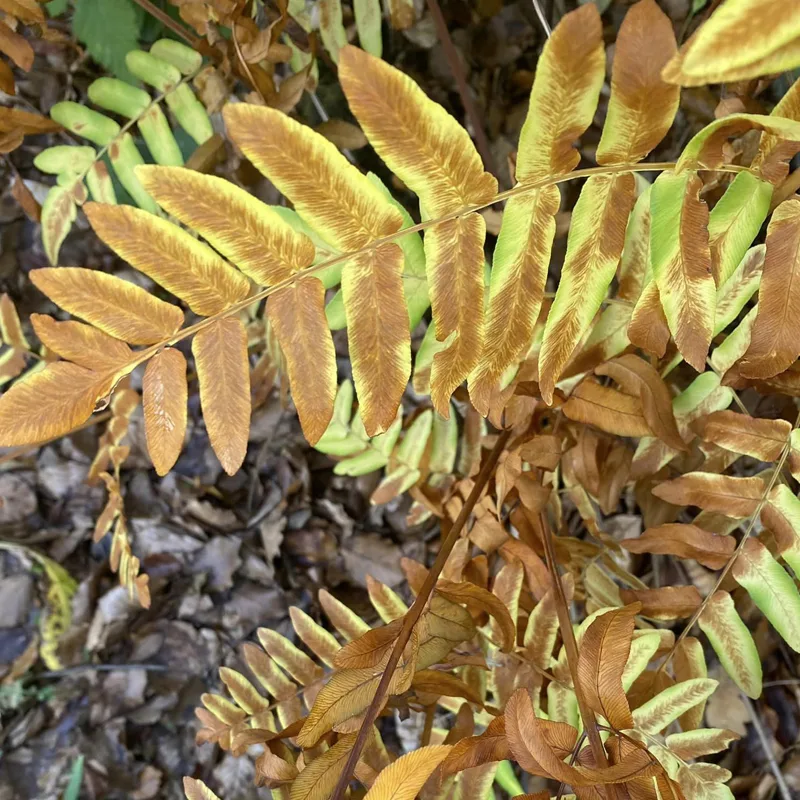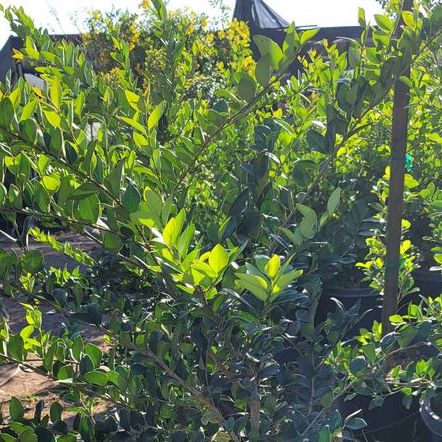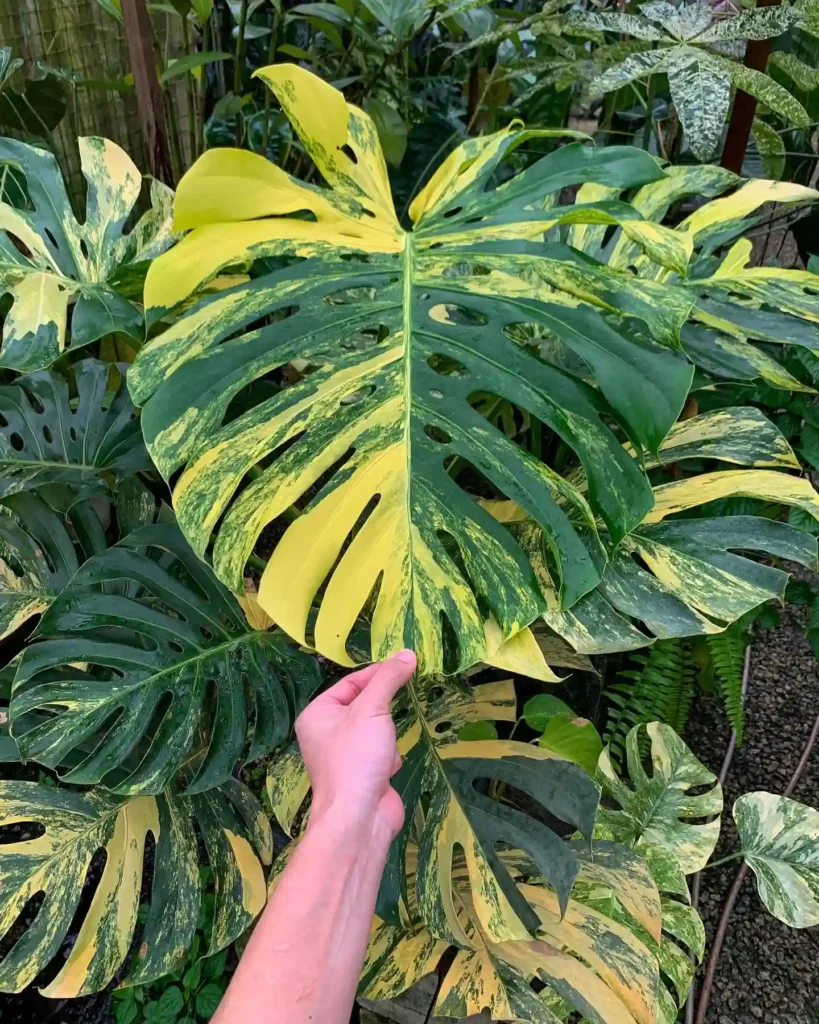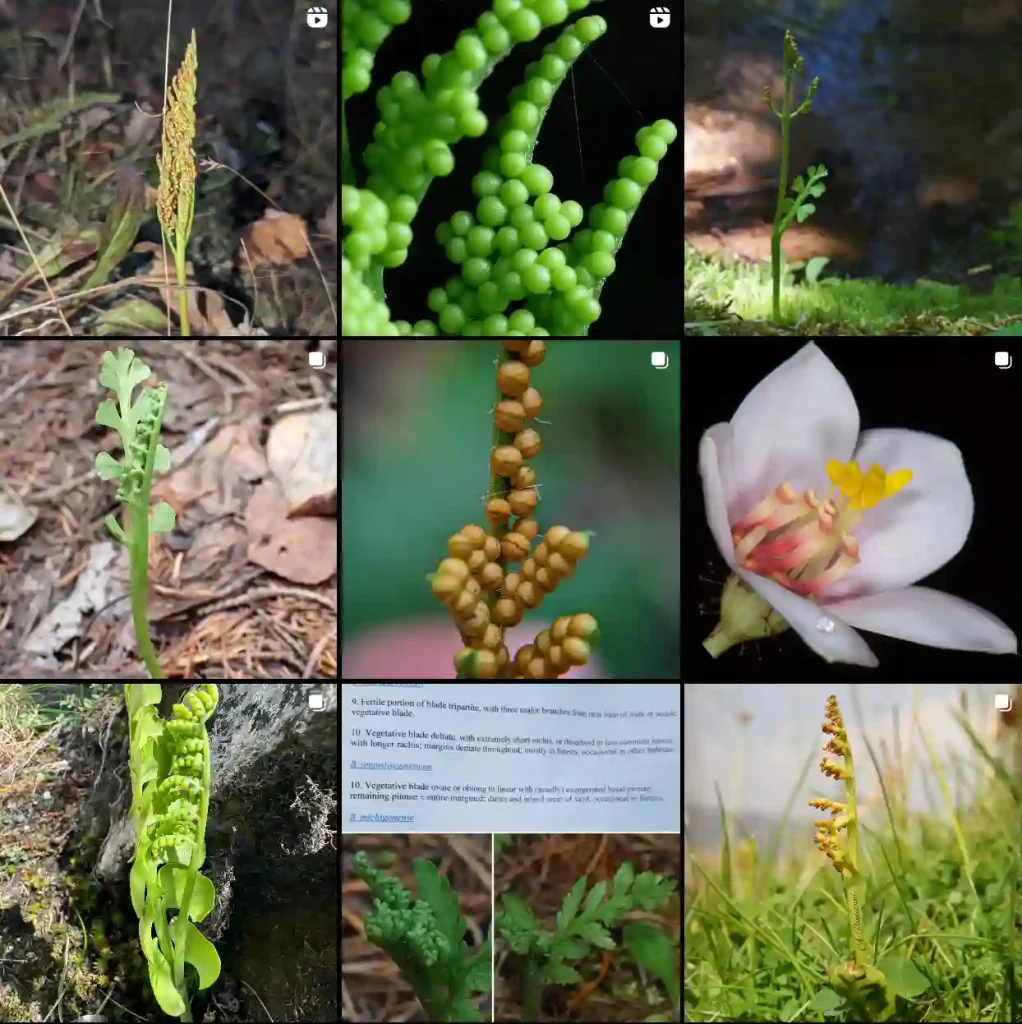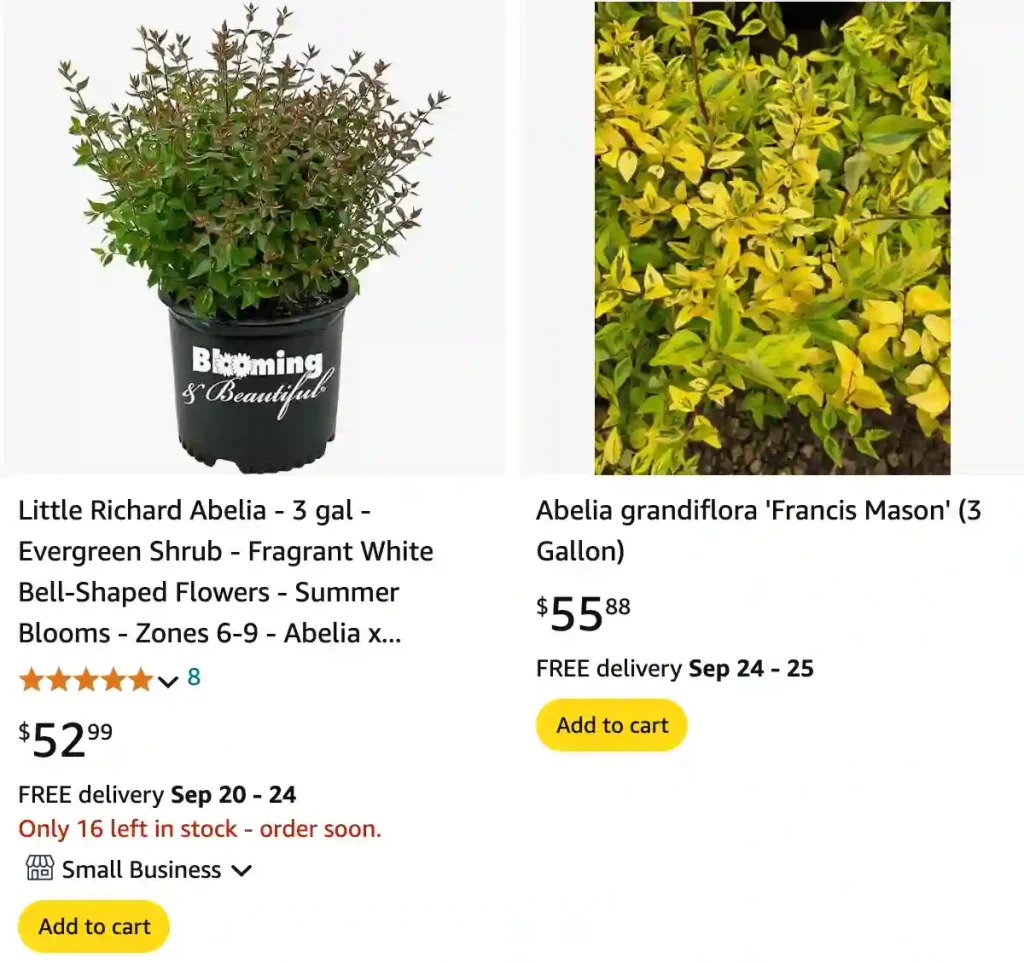
FAQs About Linnaea Grandiflora
Linnaea Grandiflora, commonly known as Abelia x Grandiflora, is a versatile and attractive shrub. I’ve worked with this plant in various garden settings, and I often get questions about it. Here’s everything you need to know about Linnaea Grandiflora based on my experience.
6 Species in Genus Abelia
What is Linnaea Grandiflora?
Linnaea Grandiflora is an evergreen to semi-evergreen shrub, known for its arching branches and year-round interest. It’s often recognized for its small, bell-shaped white or pink flowers that bloom from spring to fall. The foliage is glossy and can turn reddish in the fall, adding to its charm.
This plant is a hybrid, originally called Abelia x Grandiflora, and it’s become popular due to its low-maintenance nature and ability to thrive in a variety of climates. It grows well in USDA zones 6 to 9 and can reach 3 to 6 feet in height and spread.
How to Care for Linnaea Grandiflora?
One of the reasons I like Linnaea Grandiflora is its easy care routine. It’s drought-tolerant once established, but regular watering during its first growing season will help it thrive. Here are some essential care tips:
- Light: Linnaea Grandiflora prefers full sun to part shade. In my experience, it flowers more prolifically when it gets at least six hours of sunlight per day.
- Soil: It’s adaptable to various soil types, but well-draining soil is key. I’ve planted it in both sandy and loamy soils, and it performed well in both.
- Watering: Water it regularly in the first year, but once it’s established, it can tolerate dry spells. I water mine deeply once a week during dry periods.
- Pruning: Light pruning after flowering helps maintain its shape. I usually prune mine in late winter or early spring to remove dead or damaged branches.
How to Propagate Linnaea Grandiflora?
Propagating Linnaea Grandiflora is straightforward, and I’ve had success with both stem cuttings and layering. Here’s how I do it:
- Stem Cuttings: Take softwood cuttings in early summer. I usually cut a 4-6 inch stem just below a node, remove the lower leaves, and plant it in a mix of perlite and peat. Keep the cutting moist and in indirect light until roots develop.
- Layering: Another method I’ve used is layering, which involves bending a lower branch to the ground, covering it with soil, and waiting for it to root. This can take several months, but it’s an easy way to get a new plant.
What to Plant with Linnaea Grandiflora?
Linnaea Grandiflora pairs well with a variety of plants. I like to use it as a backdrop for perennials or as a low hedge. Here are some plants I’ve found to complement it:
- Lavender: The silvery foliage of lavender contrasts beautifully with the glossy leaves of Linnaea Grandiflora, and both thrive in similar conditions.
- Coneflowers: I’ve planted Linnaea with coneflowers, and their tall, colorful blooms pop against the shrub’s lush greenery.
- Boxwood: For a more formal look, I’ve combined it with boxwoods, which offer a neat, structured contrast to Linnaea’s more relaxed form.
Is Linnaea Grandiflora Toxic?
Linnaea Grandiflora is considered non-toxic to both humans and pets. I’ve had it in gardens with dogs and never had an issue. This makes it a safe choice for pet-friendly landscapes.
What are the Benefits of Growing Linnaea Grandiflora?
I love Linnaea Grandiflora for several reasons:
- Attracts Pollinators: The long-lasting blooms attract bees, butterflies, and hummingbirds. It’s a great way to encourage pollinators in your garden.
- Low Maintenance: As I mentioned, it’s drought-tolerant and requires minimal pruning. Once established, it practically takes care of itself.
- Year-Round Interest: With its fragrant flowers and glossy foliage that changes color in the fall, it provides beauty throughout the year.
What are Common Problems with Linnaea Grandiflora?
In my experience, Linnaea Grandiflora is pretty tough, but like any plant, it can encounter a few issues:
- Leaf Spot: This fungal disease can cause unsightly spots on leaves, but I’ve found it’s usually a result of poor air circulation. Planting it in a well-ventilated area and avoiding overhead watering can help prevent this.
- Root Rot: This occurs if the soil is too wet. To avoid this, make sure the soil drains well and avoid overwatering.
- Aphids: Occasionally, I’ve seen aphids on the new growth, but they can easily be managed with a spray of water or insecticidal soap.
How Does Linnaea Grandiflora Compare to Other Similar Plants?
Linnaea Grandiflora is often confused with other abelias or small flowering shrubs like Weigela or Spiraea. Here’s how it differs from those:
- Weigela: While both have tubular flowers and arching branches, Weigela tends to have more pronounced blooms, but Linnaea flowers longer, from spring into fall.
- Spiraea: Spiraea offers a similar mounding shape, but Linnaea’s foliage is shinier, and it doesn’t have the same fall color that some Spiraea varieties display.
Conclusion
Linnaea Grandiflora is a reliable and beautiful addition to any garden. Whether you’re looking for a low-maintenance shrub or something that adds year-round interest, it’s a fantastic choice. From attracting pollinators to providing a stunning backdrop, I can’t recommend it enough for both beginner and experienced gardeners. With proper care, it will reward you with years of beauty and minimal fuss.
If i die, water my plants!
